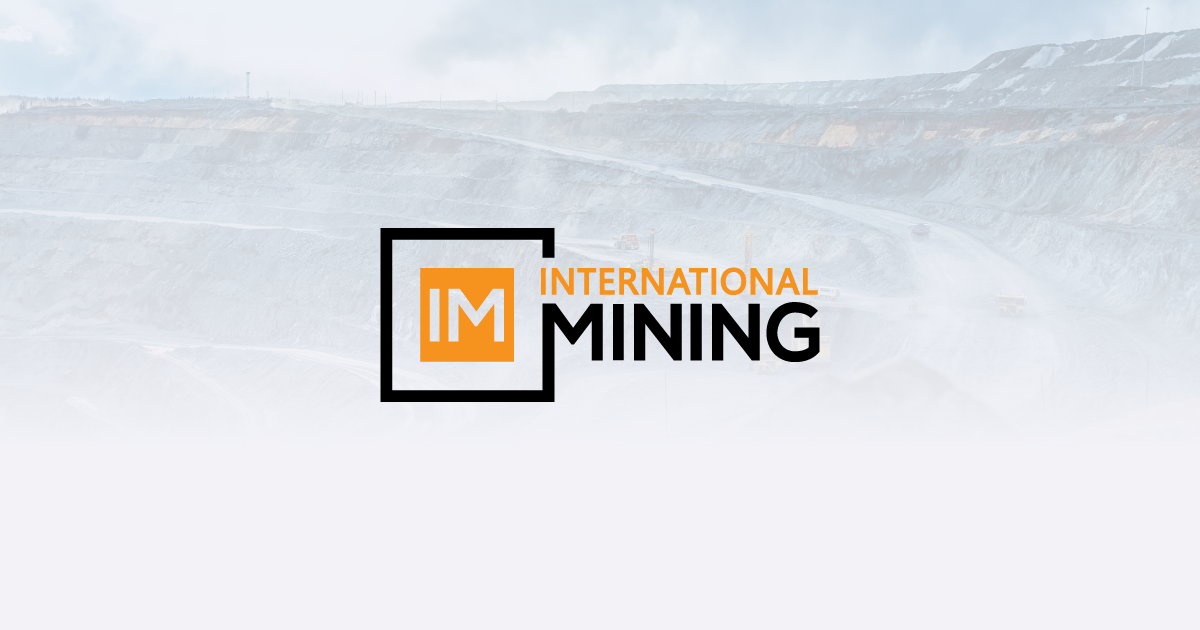Mining in Australia is facing an increasingly unpredictable weather landscape, with companies balancing operational risks against growing climate uncertainty. A new report from FM, “Ready for the Storm: Closing the Extreme Weather Resilience Gap”, highlights the urgent need for mining operators to rethink their resilience strategies.
“Mining in Australia is not easy. Every decision must balance business survival and operational risk with the growing weight of climate uncertainty,” FM Australia operations chief engineer Mike Hunneyball said.
FM’s global research found that 62 per cent of risk decision-makers experienced at least one severe disruption due to extreme weather in recent years.
Yet, despite 95 per cent saying they understand their exposure, only 67 per cent of insurance brokers agree. Companies also underestimated the broader economic impact: respondents with Australian operations estimated 13 per cent of the national economy is exposed to wind or flood risk, while FM data suggests the figure is closer to 33 per cent.
To close the resilience gap, FM outlined four key strategies for mining operators.
1. Consider your entire value chain
Mining operations rely on complex networks of suppliers, infrastructure, customers, and communities. Disruptions to a rail line, port, or processing hub can halt production across the entire operation. FM data shows 72 per cent of organisations are rethinking global sourcing, 52 per cent regularly review suppliers’ exposure, and half have contingency plans for infrastructure failure. Prioritising indirect risks to local infrastructure (37 per cent) and supply chains (36 per cent) is increasingly vital, as interruptions can cost more than 8% of annual revenue.
2. Take a long-term view of resilience
Resilience is most effective when built into the early design and development of sites. Only 28 per cent of organisations have fully embedded risk engineering, despite brokers ranking it as the most impactful measure. Considering climate impact and future hazard exposure during site planning, using tools like flood mapping, and investing in renewable energy systems – solar panels and lithium-ion storage built to withstand wind, hail, or bushfire – can reduce downtime and insurance costs.
3. Refresh your assessment of risk exposure
Traditional risk assessments are no longer sufficient as climate and business conditions shift. FM found only 23 per cent of companies have installed equipment designed to endure extreme weather. Reviewing equipment, site design, and emergency response plans ensures rapid recovery, protecting people, processes, and revenue.
4. Pursue partnership with risk experts
“No mining company can manage these challenges in isolation,” Hunneyball said. “The complexity of climate science, risk modelling, and engineering requires deep partnership.”
FM’s partnership model rewards clients investing in resilience – returning nearly $US1.5 billion in 2024 alone, demonstrating the value of shared expertise and responsibility.
With weather volatility rising, Australian mining leaders are urged to treat resilience as a continuous, proactive discipline, combining engineering, planning, and expert partnerships to safeguard operations and maximise uptime.
Get 50 per cent off your Australian Mining annual magazine subscription during our Black Friday sale. Visit our subscription page and use the code: AMBF25. Ends on 27 November 2025.




